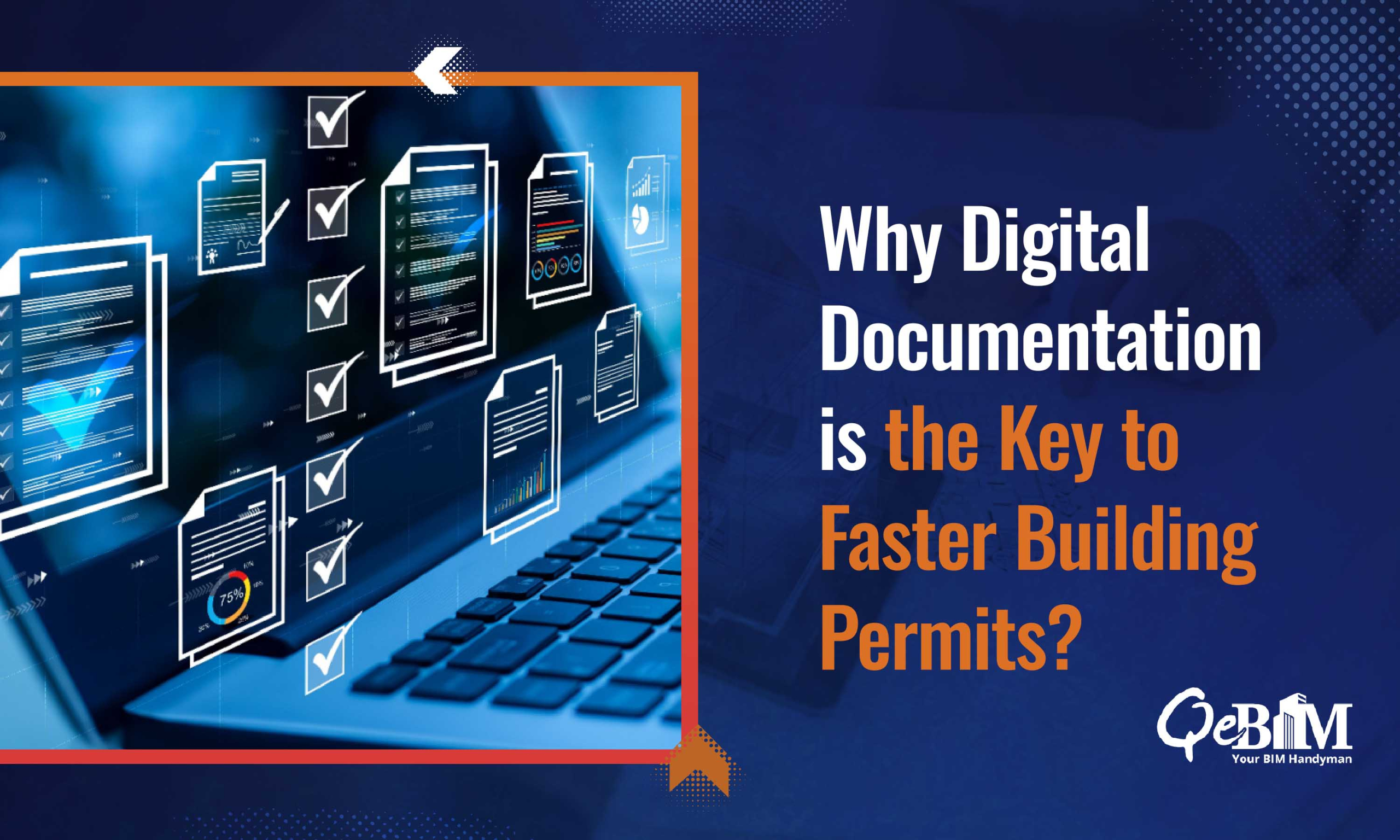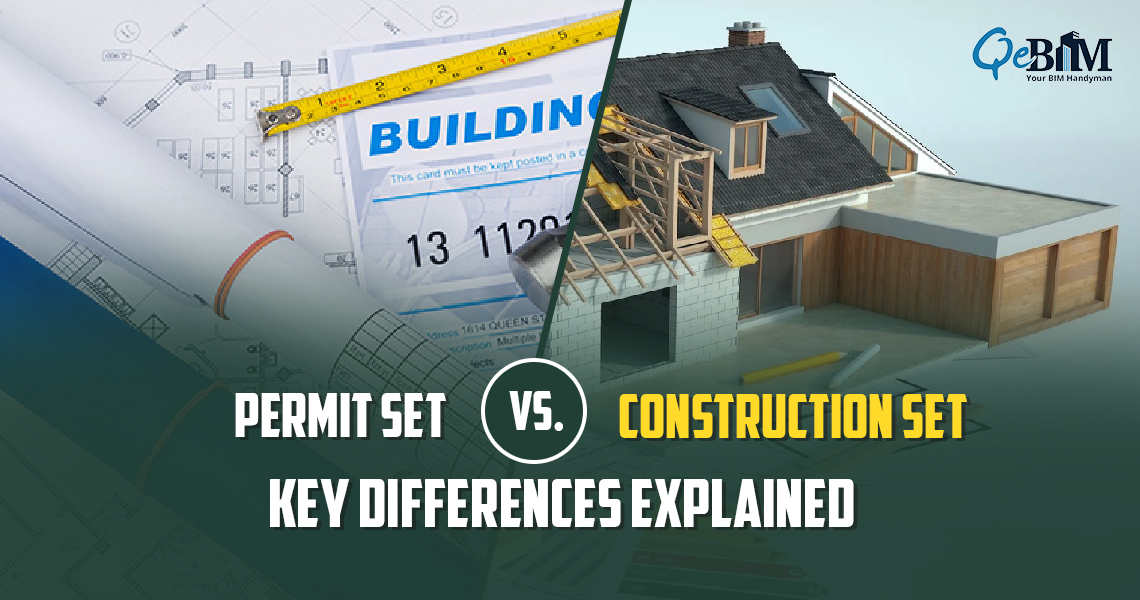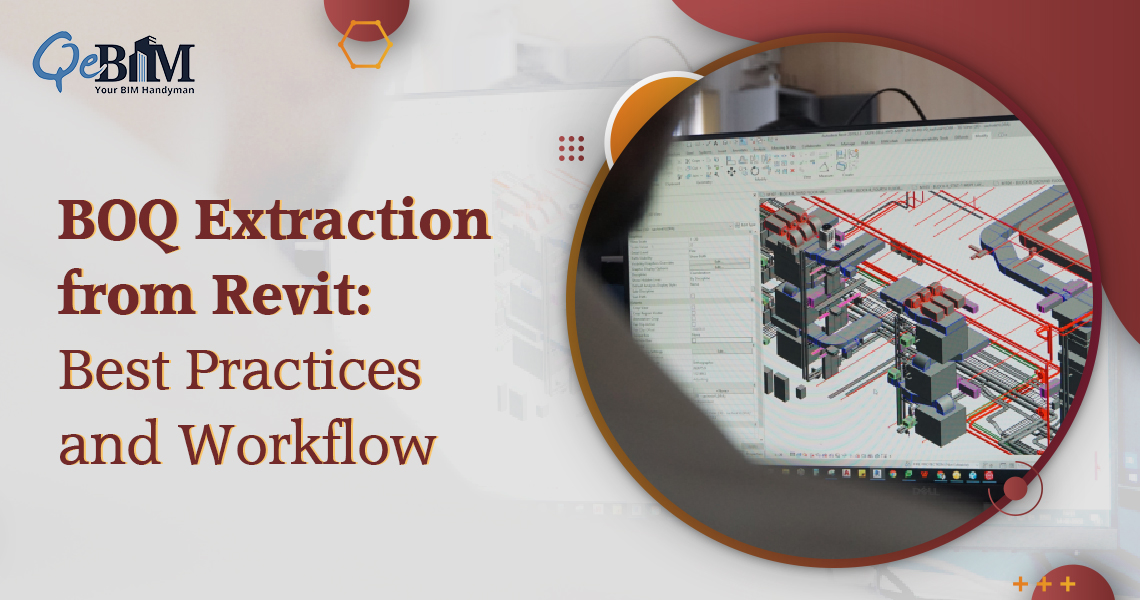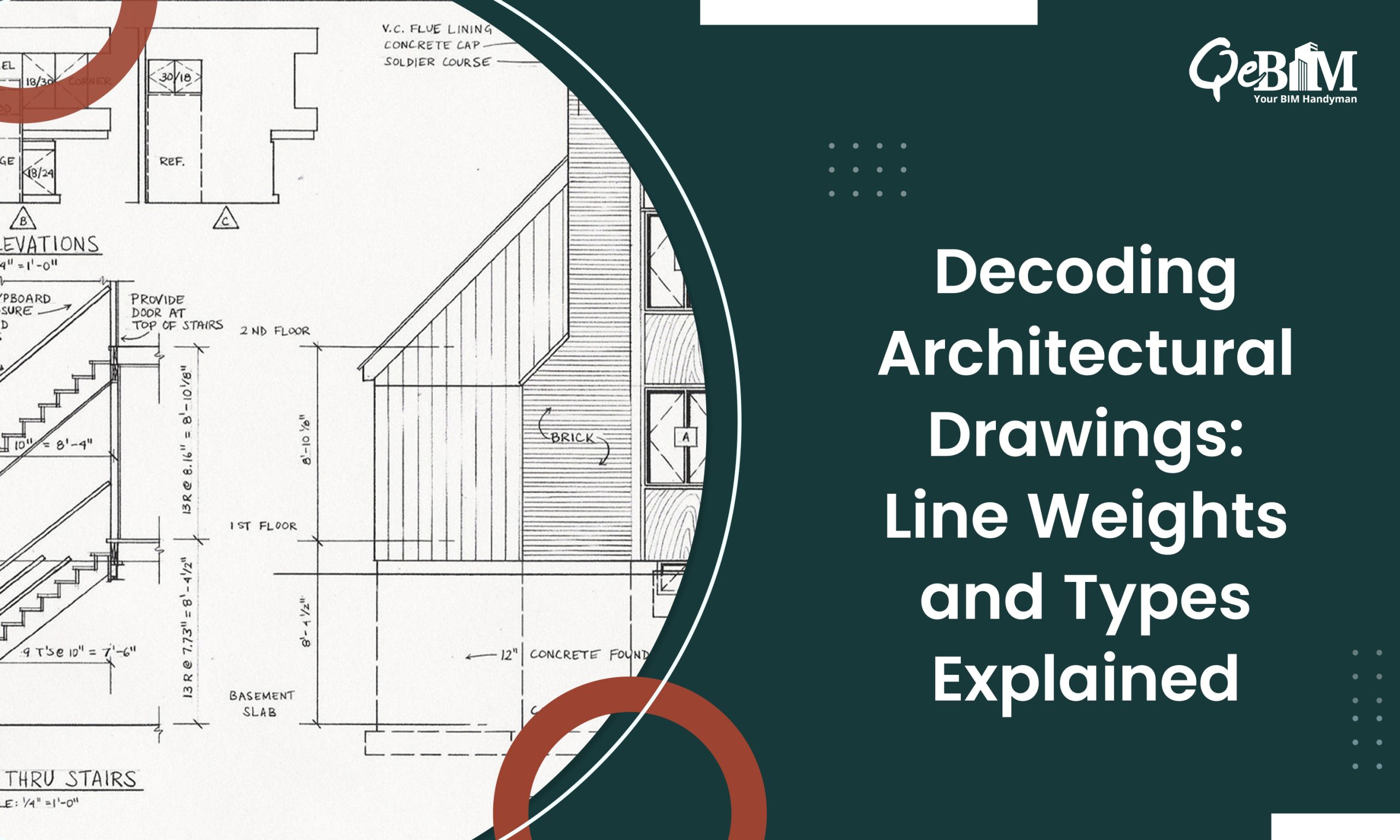The permitting process is a critical and often a complex aspect of any construction or the renovation project. From zoning approvals and environmental clearances to building codes and safety regulations, the paperwork as well as the coordination involved can be time-consuming, costly and sometimes quite overwhelming. However, the rise of digital documentation has significantly transformed how the architects, engineers, builders as well as the project managers approaches these challenges.
The Traditional Bottlenecks in Permitting
Permitting challenges have long plagued the AEC industry. Some of the most common hurdles includes:
- Manual Errors and Incomplete Applications: Paper-based submissions are prone to mistakes, missing documents and human oversight, all of which can delay the approval processes.
- Lengthy Review Times: Physical files require more handling, longer review periods and multiple handovers which slows down the overall timeline.
- Poor Communication Between Stakeholders: Traditional permitting often involves multiple disconnected parties leading to the confusion and also the misaligned expectations.
- Limited Transparency and Tracking: Without a centralized system, the tracking permit status or the historical submissions becomes very much tedious.
Digital Documentation: A Game Changer
Digital documentation offers a powerful solution to these issues by streamlining the permitting process while enhancing the accuracy, efficiency and collaboration.
1) Electronic Permit Sets (EPS):
Electronic Permit Sets (EPS) are the fully digital packages of the drawings, digitized plans, specifications along with the forms submitted to the authorities for permitting. Unlike the traditional paper submissions, EPS do streamline the review process through the features like:
- Bookmarking and Layered Navigation for quick access to the key sections
- Digital signatures and timestamps ensuring the authenticity
- Version control to track the revisions and updates
- Interactive elements such as hyperlinks between the sheets
- Embedded meta data for the simplified tracking
EPS often minimizes the errors, improves the transparency as well as accelerates the approval cycles by creating a standardized, readable and review-ready format for permitting departments. These sets are often created as part of the Construction Drawing Services which are essential for communicating the design intent and ensuring the regulatory compliance.
2) Cloud-Based Platforms for Permit Tracking
Cloud-based systems provide a real-time dashboard of your permit’s journey right from the submission to the final approvals. These platforms typically includes:
- Automated notifications and alerts
- Document version history and the review logs
- Multi-agency collaboration access
- Mobile access for the inspectors and the field teams
- Real-time tracking of the permit status
With everything stored and tracked in one place, the stakeholders can reduce the delays caused by the missing files or the miscommunication. This also allows for the greater accountability and transparency throughout the process.
How Digitization Reduces Delays and Simplifies the Approvals?
The role of evolving digital technologies like AI and BIM plays a crucial role in cutting down the hassles and fast-forwarding the approvals.
Smart Code Compliance with AI & BIM
As digital permitting evolves, Artificial Intelligence (AI) and Building Information Modeling (BIM) are playing a more prominent role in ensuring faster, more accurate code compliance.
- AI algorithms can instantly scan the drawings and models for violations, omissions or outdated code references.
- BIM integrations allows the regulatory bodies to review the 3D models in context thereby making it easier to assess design intent and identify issues early.
- Rule-based engines can automate the repetitive checks drastically slashing the hours wasted on the manual reviews.
This intelligent approach leads to fewer resubmissions, fewer errors and ultimately quicker approvals. Many of these advancements are made more efficient when backed by reliable CAD Drawing Services which forms the technical foundation of the permit-ready documentation.
Benefits of Digital Permit/ Documentation for AEC Firms
- Standardized Formats for Faster Processing
Digital formats like PDFs, CAD drawings, BIM models and cloud-based forms makes it easier for the agencies to process submissions. With clear templates and organized files, the regulatory bodies can quickly find the information they need.
- Cloud-Based Collaboration
Using platforms such as Procore, Autodesk Construction Cloud or Bluebeam Revu, the teams can work on the documents simultaneously hence providing the real-time updates as well as ensuring that everyone—clients, contractors and officials are on the same page.
- Improved Accuracy and Compliance
Digital documentation systems often includes the validation tools, checklists and even the auto-fill features that reduces the likelihood of the incomplete or non-compliant submissions.
- Centralized Record Keeping
A centralized digital hub keeps all the documentation secure and accessible making it easy to retrieve files for audits, revisions or resubmissions.
The Next Frontier in Permitting: What to Expect?
The permitting landscape is undergoing a dynamic transformation, driven by several emerging trends:
- Digital Twins for the real-time monitoring of the buildings post-approval
- Blockchain-based document verification for secure and tamper-proof submissions
- Integrated smart city platforms that aligns the urban data with the real-time permitting
- AI chatbots and virtual assistants to guide the applicants through permit requirements
- AI-based Permit Review Automation
As technology continues to mature, the vision is clear: a more automated, integrated and user-friendly permitting ecosystem that supports the sustainable urban growth and faster project delivery.
Final Thoughts
As construction timelines tightens and regulatory demands increase, the digital documentation is no longer a luxury, it’s a necessity. By embracing the Electronic Permit Sets, cloud-based permit tracking, AI-driven compliance and other digital innovations, the AEC firms can navigate the permitting challenges more efficiently, reduce the bottlenecks, as well as ensure the smoother project delivery.
Whether you’re a contractor, designer or a municipality official, preparing for the future of permitting starts now and with the right tools, systems along with the mindset to lead the digital shift.





